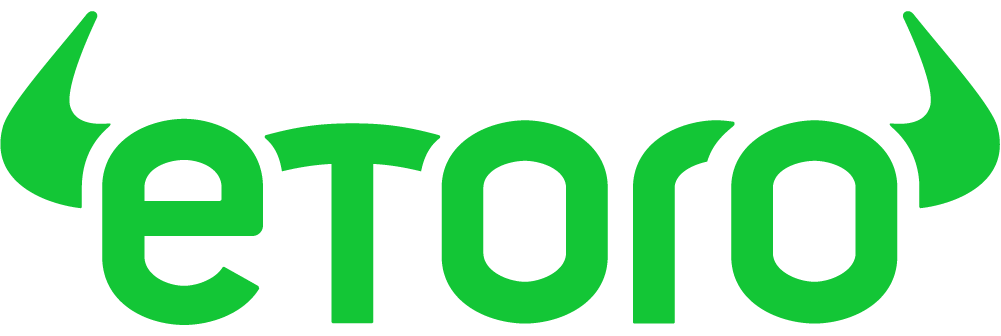Historically, “sub-dollar” crypto assets attract retail flows during altcoin seasons, but in today’s market the focus is also on fundamentals: which tokens combine affordability with credible catalysts, without the risk of pump-and-dumps?
Three stand out not just for next week, but to hold and buy for the long term, Cardano (ADA), TRON (TRX), and Stellar (XLM). Each sits in or near the top 15 by market capitalization, each has unique drivers, and each is priced to capture asymmetric upside if sentiment rotates back into altcoins.
Cardano (ADA)
At $0.65, Cardano has gained more than 86% over the past year, though it has given back nearly a fifth of its value in the past month. Despite that pullback, ADA has remained inside the global top 10, a sign of resilience through multiple cycles.

The most telling datapoint is on-chain: wallets holding 100,000 or more ADA grew their balances by 2.1% last week, suggesting large holders are quietly building positions. Retail flows remain mixed, but that kind of accumulation points to long-term confidence.
The regulatory backdrop has also shifted. Under the U.S. CLARITY Act, Cardano is formally recognised as a commodity alongside Bitcoin and Ethereum, removing a persistent source of uncertainty. On top of that, Grayscale has applied for a Cardano ETF, with Bloomberg assigning 75% odds of approval. If greenlit, it would open the door to institutional demand much like Bitcoin’s 2024 rally did.
The challenge for ADA is turning technology into traction. Upgrades such as Hydra and x402 improve throughput and developer capacity, but adoption in AI and DeFi is still in its early stages. Investors are betting that if institutional inflows line up with real network utility, ADA can push back toward the $1 mark.
TRON (TRX)
TRON tells a very different story. Trading at $0.30, TRX is up 81% year-on-year and has fallen around 11% in the past month. Its 2024 all-time high of $0.44 is still some distance away, but the fundamentals are clear.

The network now hosts over half of all Tether in circulation (around $78 billion) and processes more than $20 billion in daily stablecoin transfers. In Colombia, TRON accounts for an astonishing 95% of stablecoin payments, showing its real-world reach in emerging markets.
On the DeFi side, new projects such as SunPerp DEX (launched Q3 2025) are adding depth, while TRON’s presence on Nasdaq-linked platforms signals its intent to bridge traditional and digital finance. Every transfer also burns TRX through transaction fees, gradually tightening supply.
What makes TRON stand out is its consistency. It may not generate the same headlines as more experimental chains, but it has embedded itself into global payments infrastructure. For investors, that makes TRX one of the steadier sub-$1 assets in terms of demand and utility.
Stellar (XLM)
Stellar is priced near $0.32, up a remarkable 237% in the past year. Often moving in tandem with XRP, Stellar has also benefited from the momentum surrounding XRP’s ETF progress.

The network’s next big moment is Protocol 24, due late 2025. The upgrade will bring zero-knowledge proofs (ZKPs) for private transactions as well as more efficient smart contract execution. If it follows the pattern of the 2023 Soroban upgrade, which triggered a seven-fold increase in total value locked, Stellar could see another wave of growth.
The other piece of the puzzle is real-world asset tokenisation. Stellar’s RWA sector has reached $639 million in value (+26% month-on-month), driven by Franklin Templeton’s $446 million tokenised treasury fund.
Competition, however, is fierce. Ripple’s CBDC partnerships mean Stellar must fight to retain relevance in the cross-border payments sector.
Not every sub-dollar token deserves attention, but Cardano, TRON, and Stellar each combine low entry points with clear catalysts. The risks remain, but so do the opportunities for outsized returns when liquidity rotates back into altcoins.






